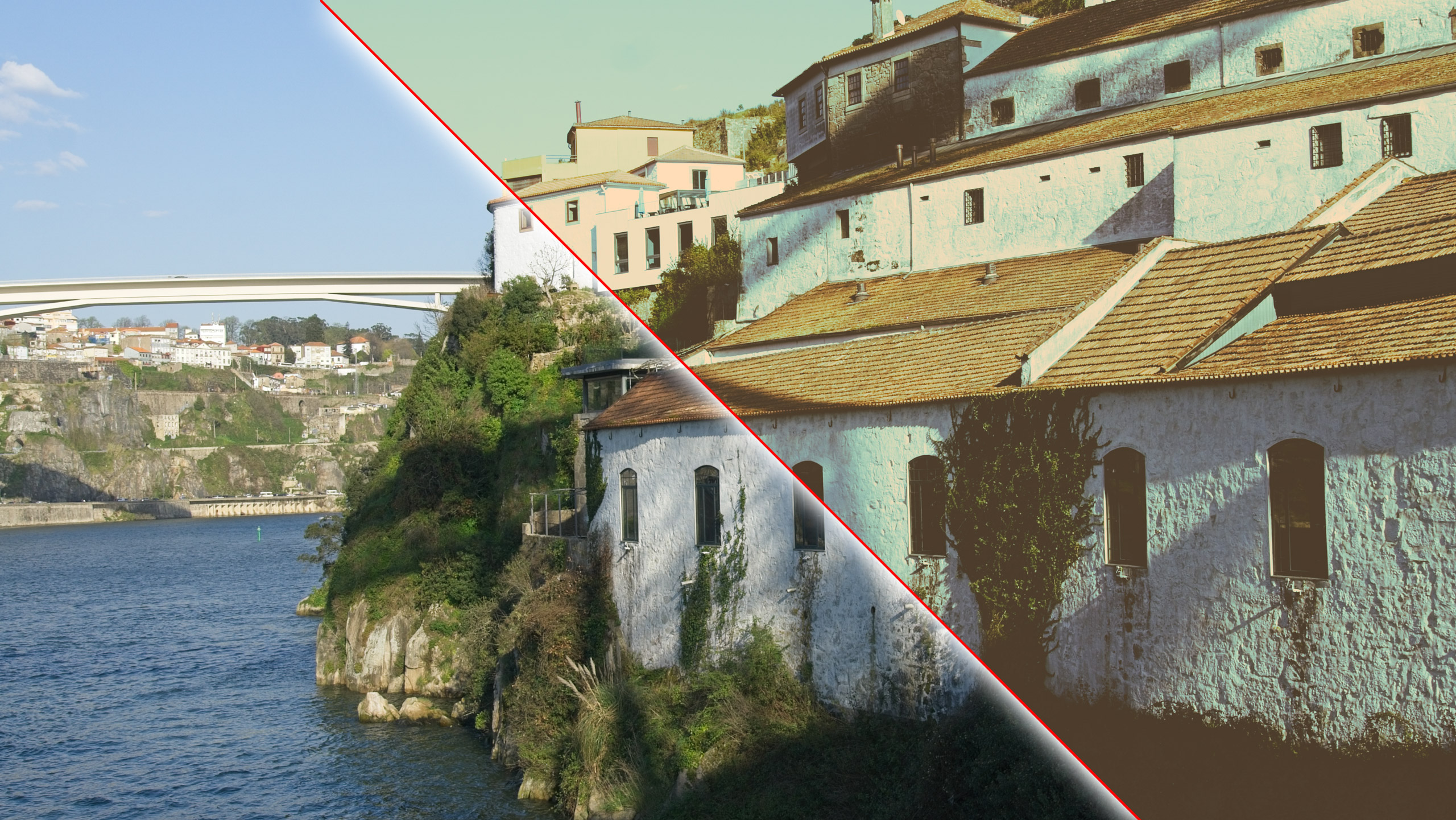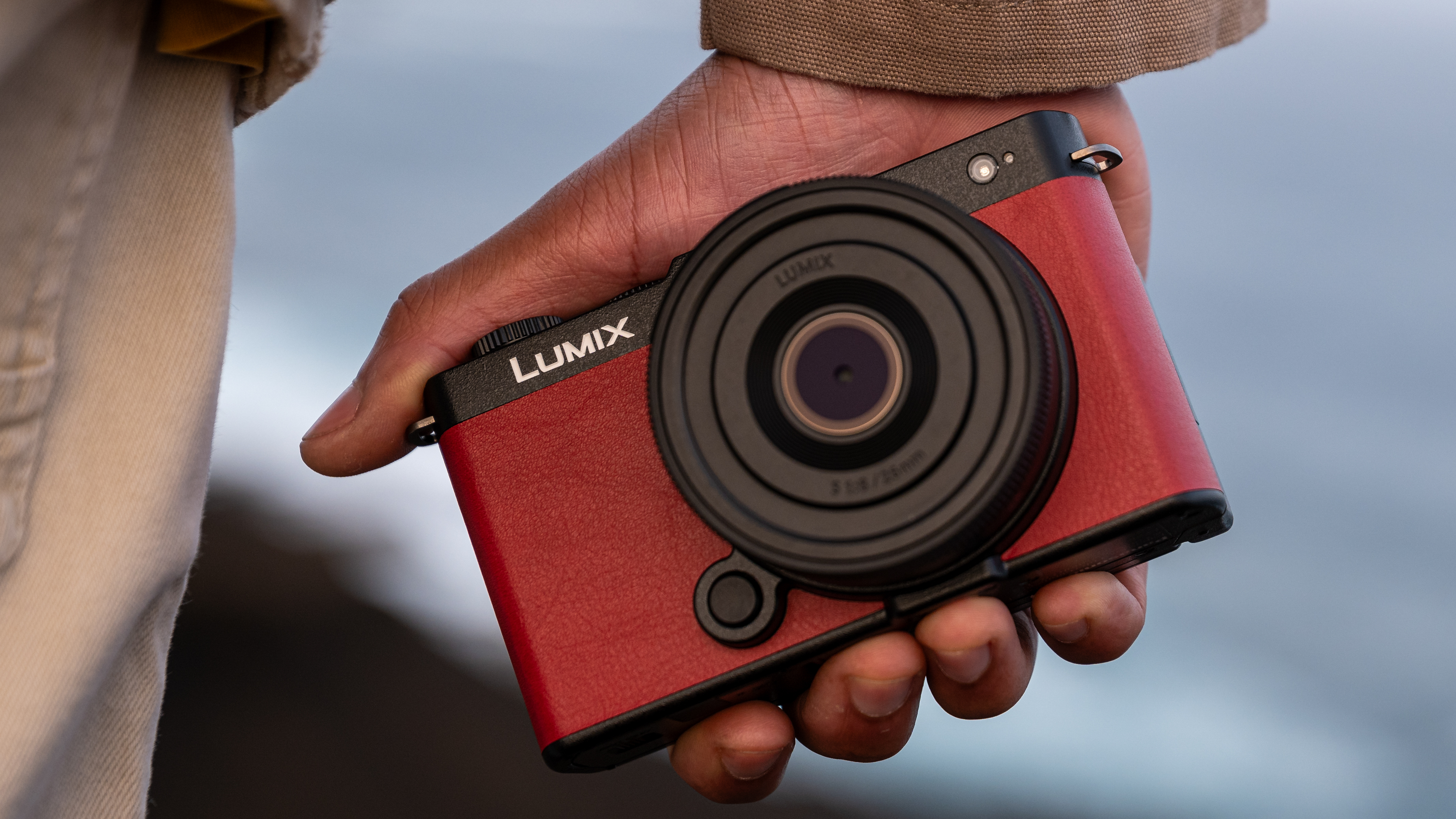
If you're wondering what is a LUT, you're not alone – the phrase has only entered the mainstream imaging lexicon fairly recently, but it has certainly spread like wildfire.
LUT is an abbreviation. It stands for lookup table, a rather dry and dusty definition that doesn’t even hint at what LUTs can do. And while they're primarily used by video folks, they can also be employed in photography post-production as well.
They have two main uses in videography and editing/grading. One is to convert images from one color space or profile to another – for example, if you’ve shot in a Sony log profile and you need to convert that to a regular color space for editing and sharing.
The second, increasingly popular use, is to apply creative tonal and color shifts for stylized ‘looks’.
What is a LUT: Must-know #1
LUTs are not just another type of picture style or simulation. They are, very literally, conversion tables that take pixel values from the original image or video, and change them to other pixel values with various tone and color shifts.
If you’re into color-managed desktop printing, you’ll be familiar with custom ‘printer profiles’ and ‘monitor profiles’. It’s a bit like that, but often used for creative purposes, not just color correction.
For this explanation I’ll stick to ‘creative’ LUTs, since this is the major trend right now. The way they work means you can shift colors and tones in any direction you like, for cross-processing effects, black-and-white filter effects and just about any other effect you can carry out with color and tone adjustments.
There are no sliders or adjustments with LUTs; they just do what they do. There are tools you can use to design your own LUTs, such as fylm.ai, for example.
This is probably a job for color grading experts, though, because there are many subtleties involved in producing effective and attractive color and tonal shifts that can be applied across a range of images/videos.
That’s the first thing to know about LUTs. It sounds a limitation, but a properly-designed LUT can be a friend for life. Once you start trying them out you will quickly find favorites that you will want to use again and again.

What is a LUT: Must-know #2
But perhaps the key point about LUTs is that they use a standardized .cube format that can be used across multiple devices and editors. You could load a LUT that you love in your video editing software into your Panasonic Lumix S9, for example, or use the same LUT in your photo editing software.
Not all photo editors support LUTs, and some use them (incorrectly) as an effect filter mixed in with the other editing tools. It’s best to think of LUTs as a kind of pre-processing treatment ahead of your actual editing. If you work in Lightroom you’ll be familiar with Profiles, which do a similar job – though it would be nice if Lightroom used LUTs instead!
So are LUTs the future? For videographers, they are an important technical and creative tool. For stills photographers, presets and filters do the same job with a little more control – but even here, once you’ve found some favorite LUTs, there’s often no going back.
You might also like…
Looking for free alternatives to expensive editing apps? Take a look at the best free photo editing software and the best free video editing software.







